My Stay In Japan
2024.08.21
My name is Tariro Mandisodza, an Engineer at the Department of Irrigation and I participated in the KCCP course, Participatory Irrigation Management System for Paddies (A) from May 12 to June 26 in Hokkaido Prefecture, Japan. My stay in Japan was fascinating, in particular experiencing the cultures, beliefs, food, leisure and of course the vastly land exploitation through intense agriculture activities.
Japan is an island country in East of Asia. It is located in the northwest Pacific Ocean, where it is bordered on the west by Sea of Japan, Philippine, and Taiwan in the south. It is a country where harmony, mutual respect and group consensus are valued. On its religion, there are two dominant, namely Shinto and Buddhism. Japanese people traditionally go to both Buddhist temples and Shinto shrines, so in a sense they are both. Interestingly, they don’t believe in one god meaning there are plenty of gods with different tasks, for example god of water etc.
An example of some of the most fascinating beliefs and concepts in Japan are:
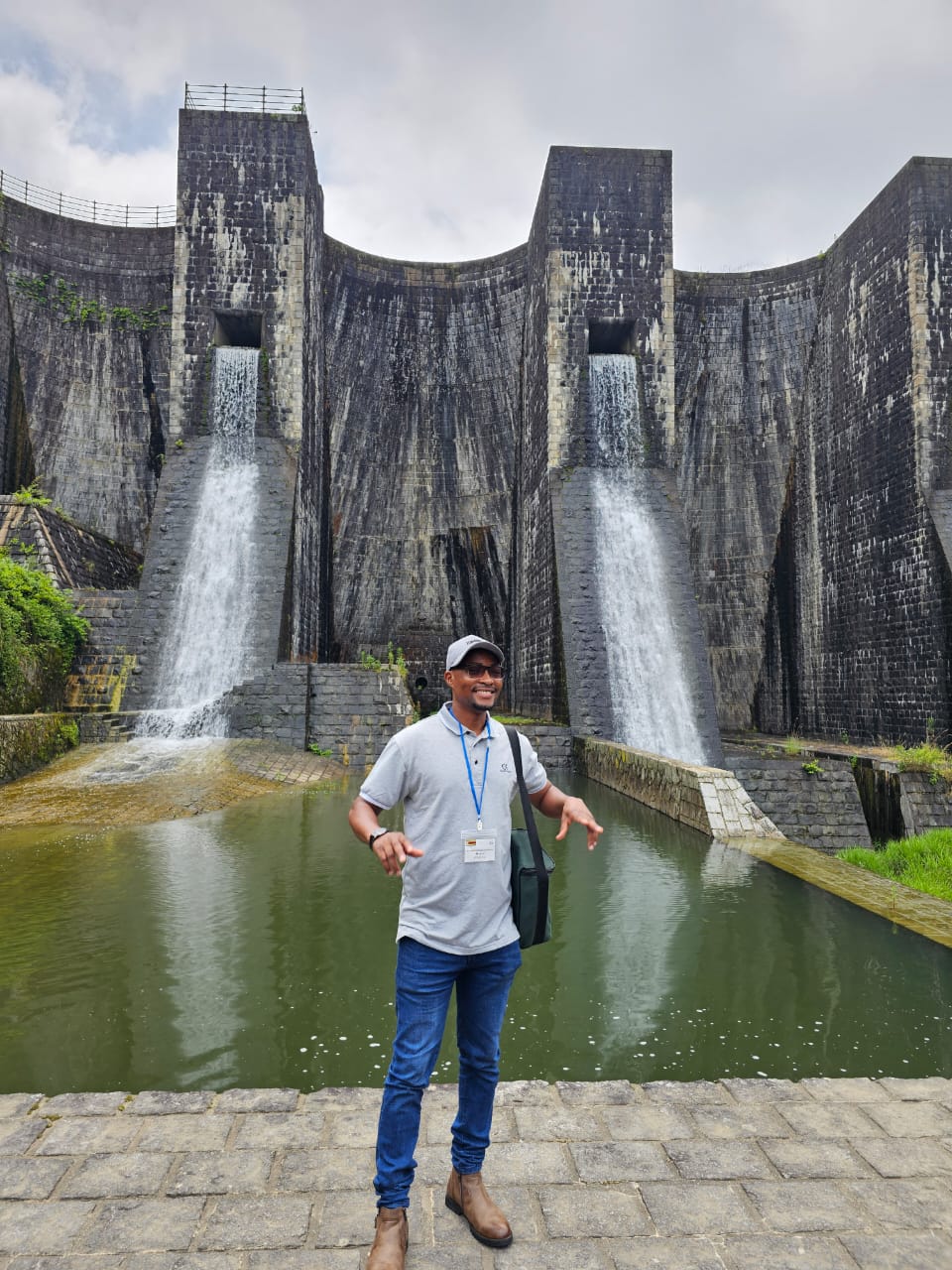
Dam wall built in 1930 in Kagawa Land Improvement District
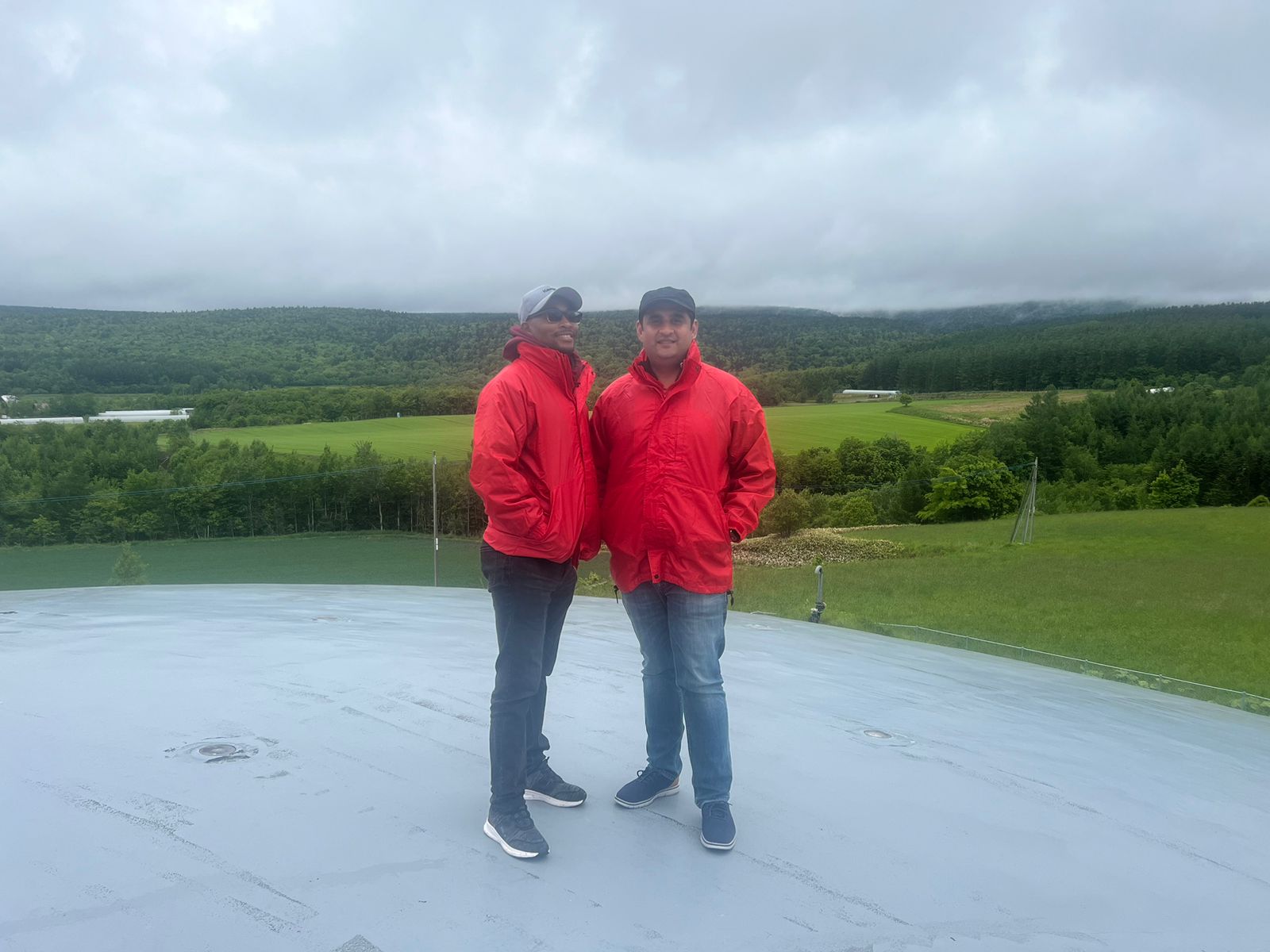
Standing on Top of a Water Pond in Ibetsu Land Improvement District
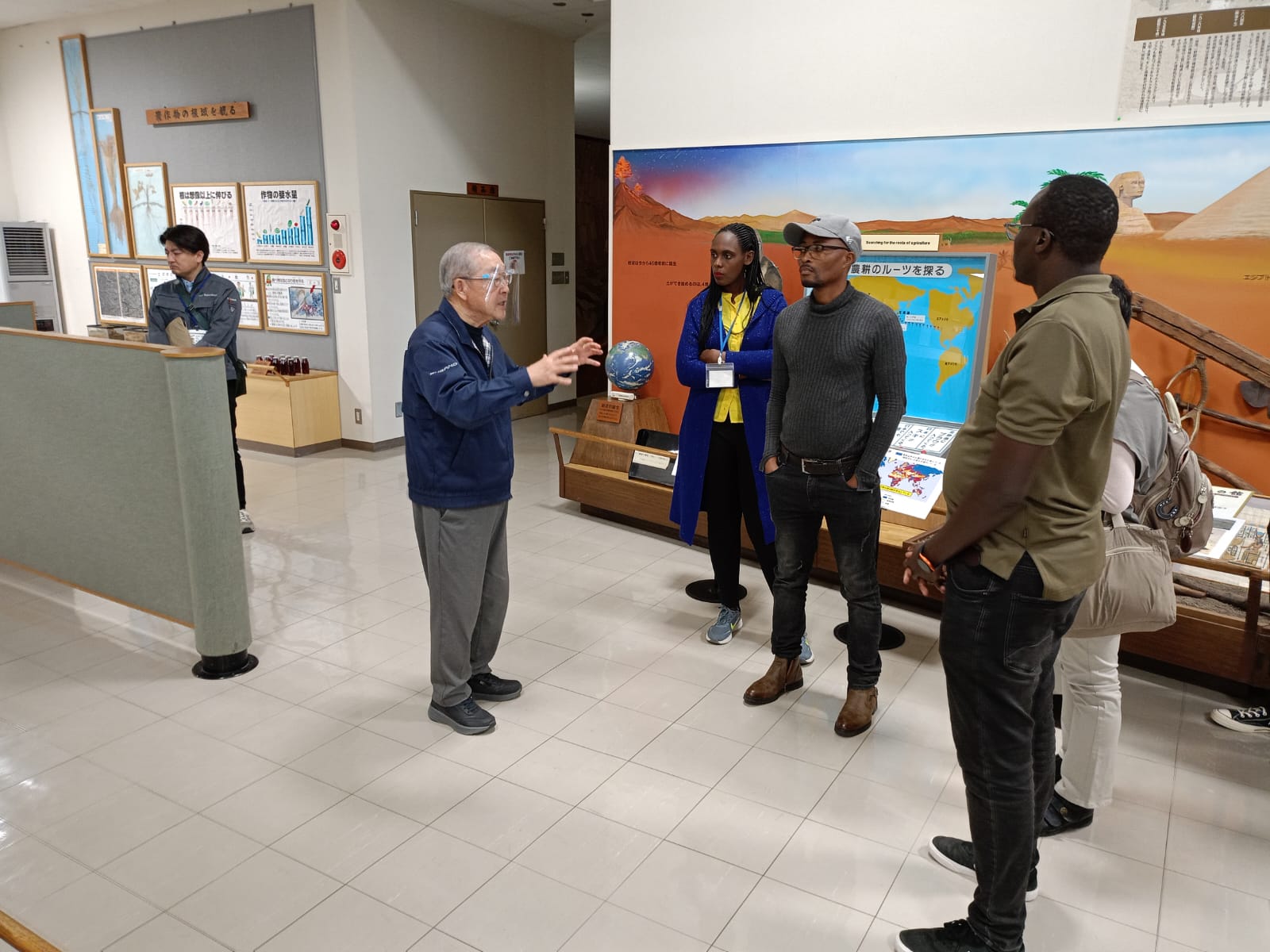
Surano soils (having a lecture on origins of soil in Japan)
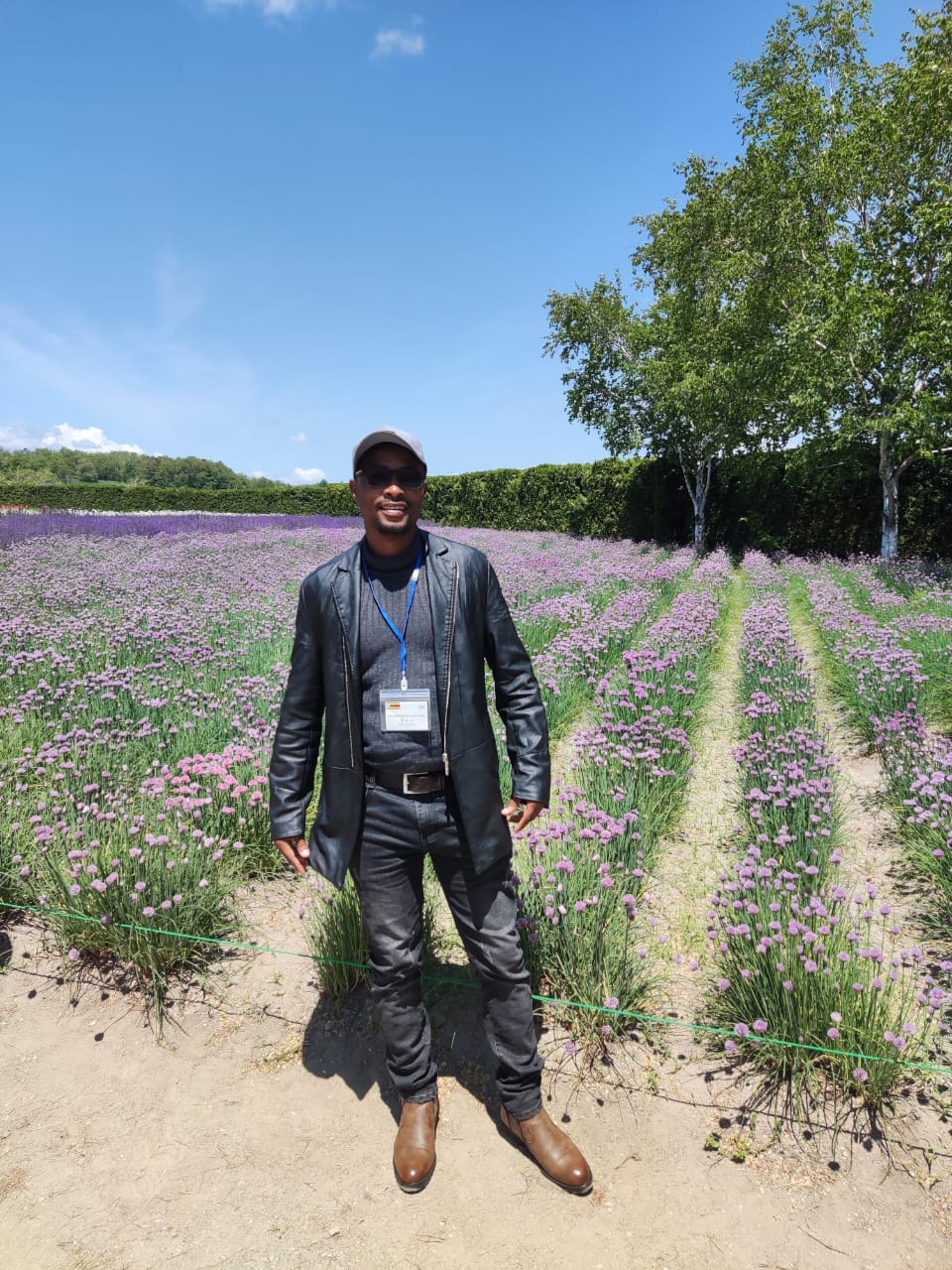
Furano Flower Garden
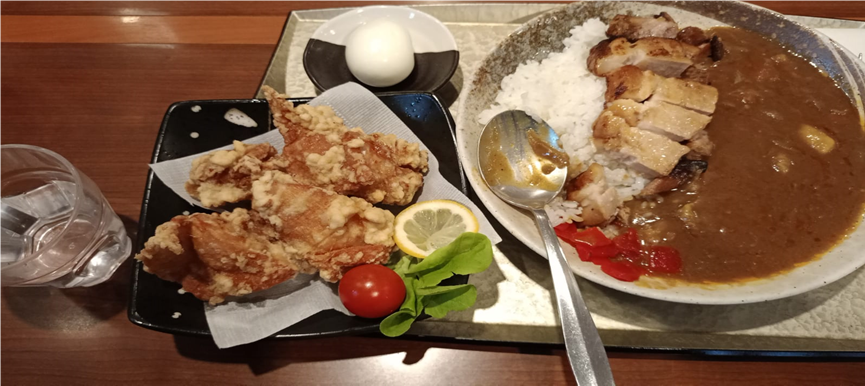
Soup Curry in Asahikawa restaurant
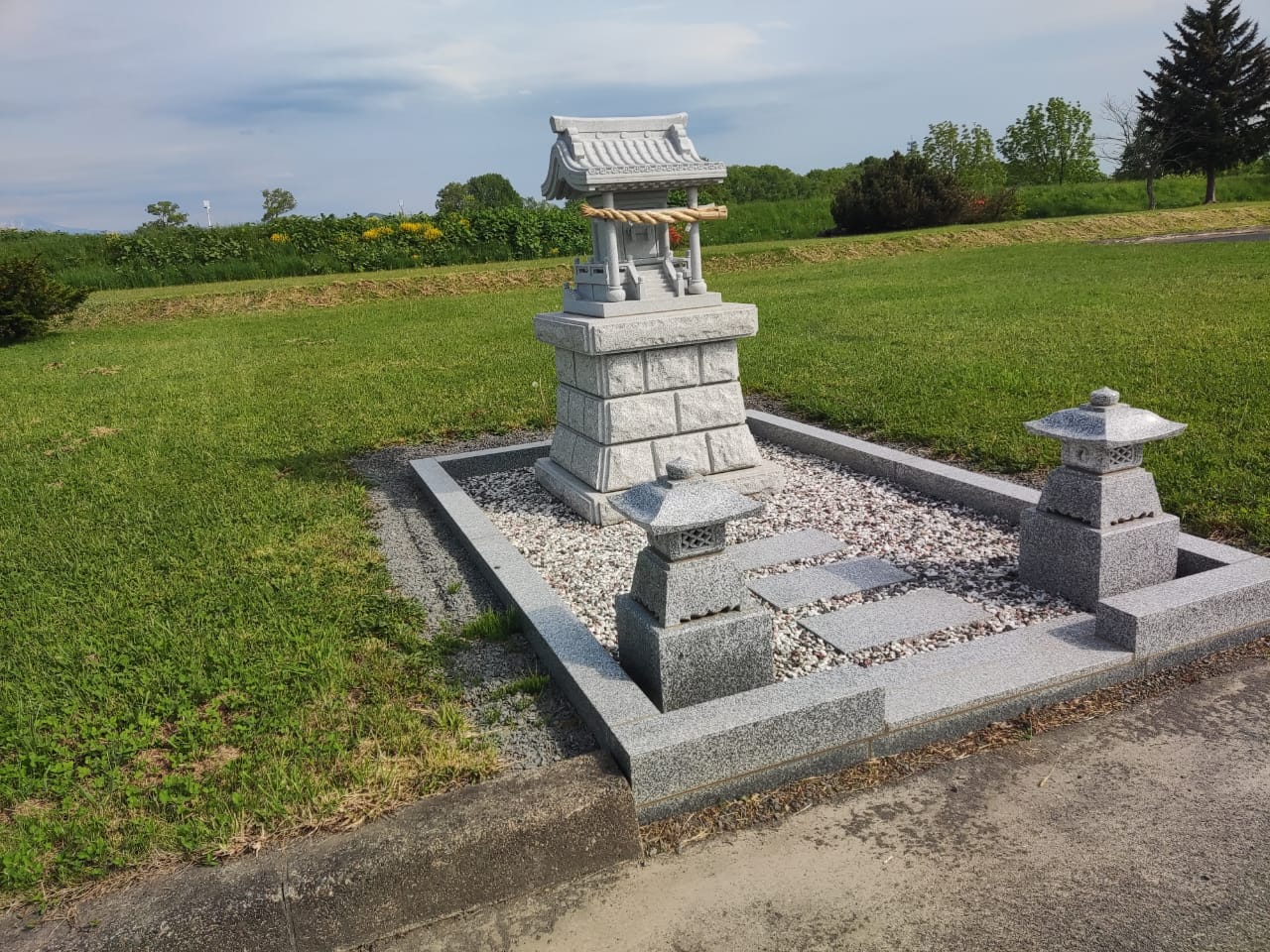
Statue symbolizing god of water in Hokkaido (Taisetsu Land Improvement District)
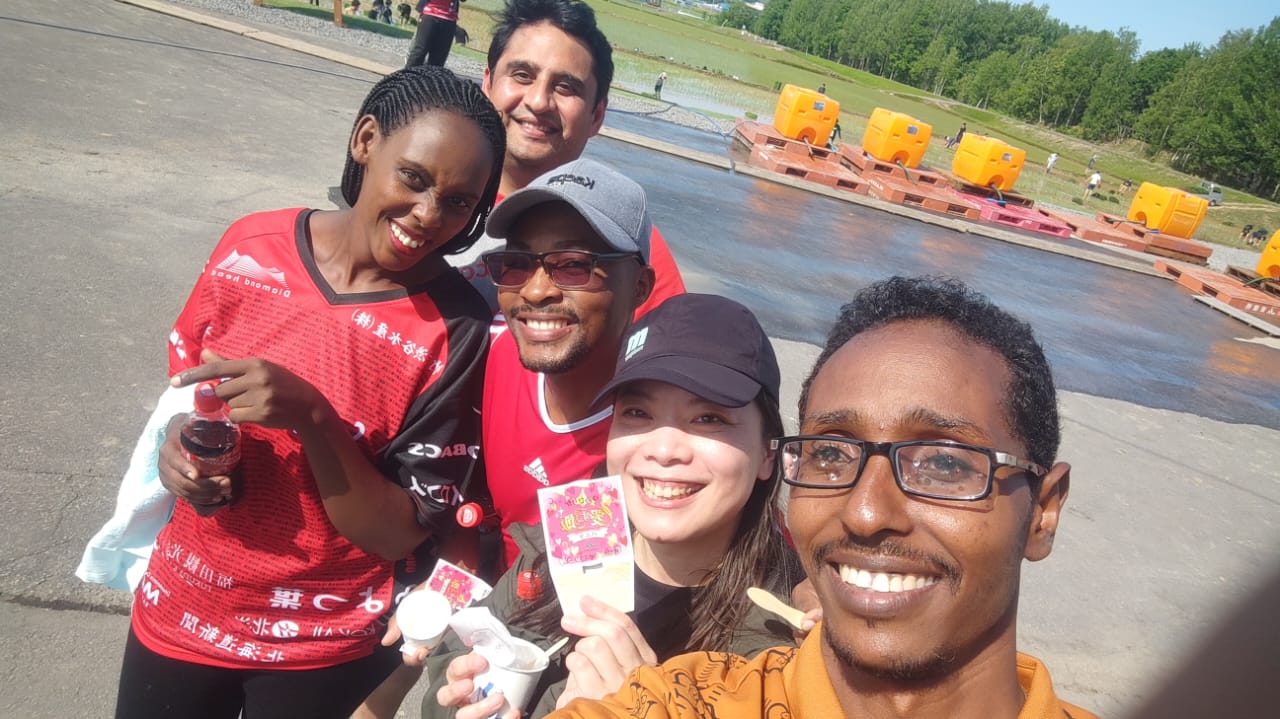
With fellow participants
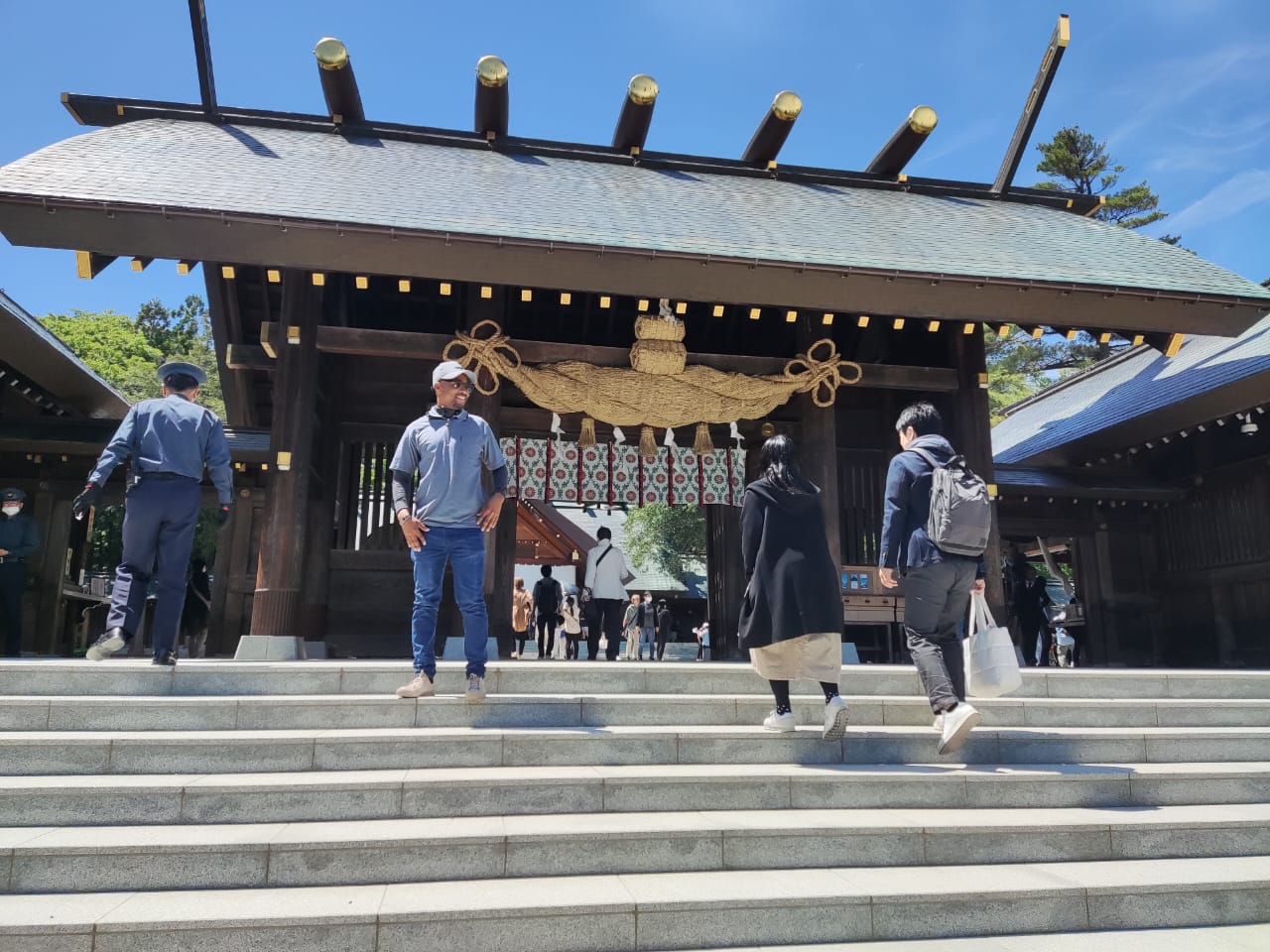
Shrine in Hokkaido where plenty of gods are found
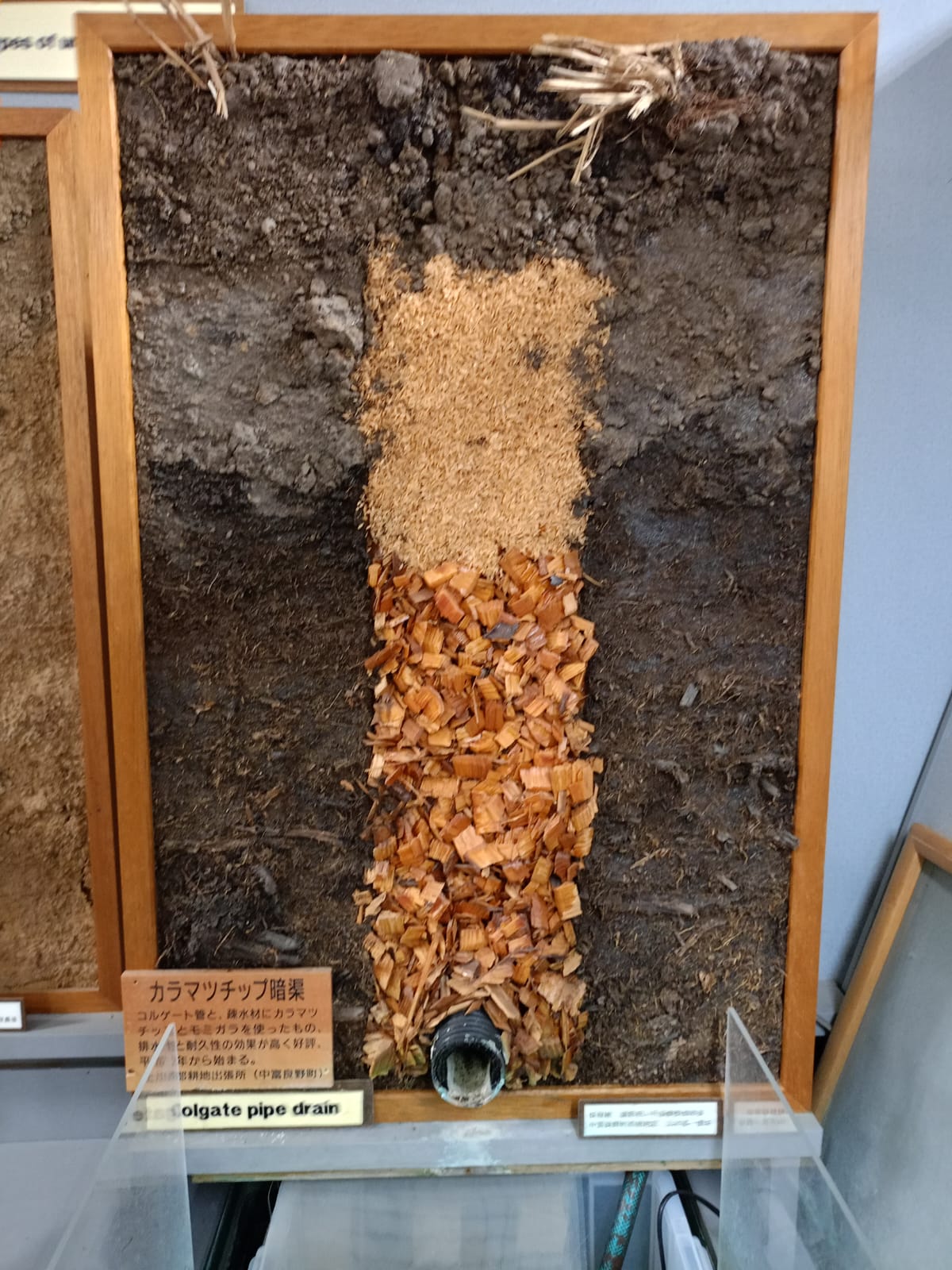
Sub-surface drainage system
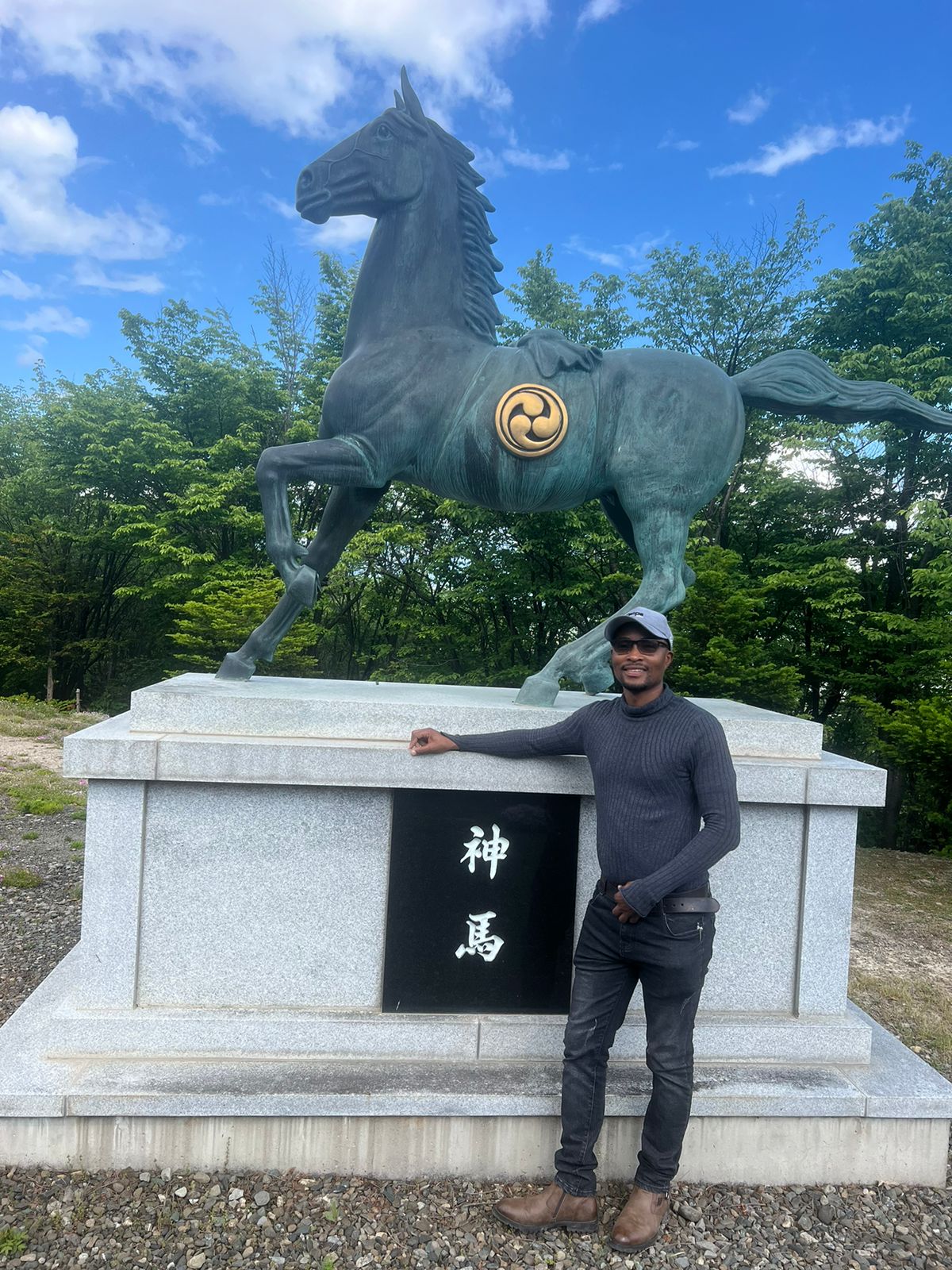
God’s Horse
scroll